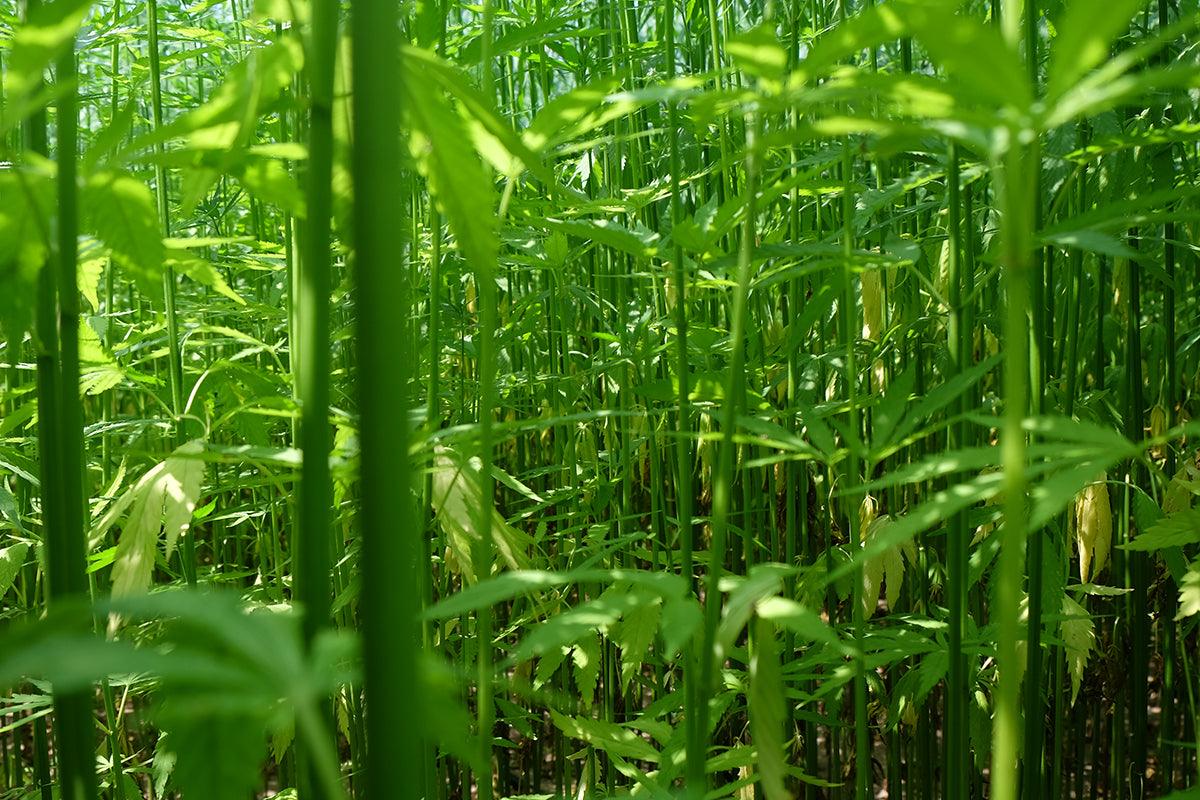Truths and lies about the risks of cannabis
The use of cannabis is a very controversial topic, especially due to widespread conflicting opinions on the issue. There are those who consider it a real drug, to be compared to heroin and cocaine, there are those who think it is a so-called "gateway drug", which quickly leads to an upgrade to more dangerous substances, there are who thinks it can cause damage even after just one shot. Then there are also tolerant opinions, which take into consideration scientific studies and the direct experience of the many "legal" consumers in the states who have said yes to cannabis.
In fact, scientific research continues to produce studies and research that go in an extremely positive direction: according to science, cannabis has a lot of healing potential , proving to be a precious ally in the treatment of many psychological disorders and in the treatment of skin pathologies . Of course, there are many substances more dangerous than cannabis that are sold like milk or bread, first and foremost alcohol and cigarettes.
Cannabis and alcohol: some data
Cannabis has been maligned and maligned in every corner of the globe for decades. Nobody, or in any case a much smaller percentage of people, complains about the risks of alcohol and asks for greater control of the market. But let's see some data, comparing the two substances.
- Deaths related to the use of substances: in 2016, more than 8 million people died worldwide from alcohol-related causes , while there were no documented deaths due to the use of marijuana alone. A 16-year study of more than 65,000 Americans published in the American Journal of Public Health found that healthy marijuana users were no more likely to die early than healthy men and women who did not smoke cannabis. .
- Marijuana is less addictive than alcohol. About half of all adults have tried marijuana at least once, making it one of the most used illegal substances; only a very small percentage of these people became addicted to it.
A 2014 study, conducted on over 8,000 people between the ages of 15 and 64, identified a series of behaviors linked to drug use. Of those who had tried marijuana at least once, “only” 9% received a diagnosis of addiction, while for alcohol the figure rose to around 15%.
- Both substances cause driving problems, but alcohol is the worst. A research note published by the National Highway Traffic Safety Administration concluded that having a detectable amount of THC in the blood does not increase the risk of a traffic accident, while a blood alcohol level of 0.05% or higher increases the chance of causing a crash. accident by 575% . However, the combination of the two substances amplifies their individual effects, also increasing the risks associated with driving safely. In any case, it is best not to drive if you are not completely sober.
It is clear that marijuana affects attention and that – like alcohol – it is not the right thing to take before driving; however, unlike alcohol, it does not cause significant damage in the long term, especially if taken in forms other than classic combustion.
Cannabis and pulmonary risks
Cannabis burns like tobacco and the results of its combustion are also identical. Combustion generates carcinogenic substances that are absorbed by the body; upon burning, cannabis molecules break down and give rise to so-called free radicals , which generate very harmful toxins. Targeted analyzes have shown that the smoke released by joints contains only 10% of cannabinoids , while the remaining part is made up of combustible products, including the so-called PAHs, polycyclic aromatic hydrocarbons.
Vaporization is certainly the best way, both to protect our health and to be sure to take in the greatest quantity of active ingredient possible . With vaporization it is possible to control the temperature to which cannabis is subjected, with the result of saving a large part of cannabinoids and terpenes and not subjecting the body to harmful substances.
THC is released by subjecting the inflorescences to a temperature of approximately 157°, with the result that approximately 46% of the substance contained in the vaporized herb is absorbed . Unlike the smoke released by the joint, the vapor contains approximately 90% cannabinoids and only 10% other substances, which are however less harmful than those generated by combustion at very high temperatures.
Cannabis light and detractors: an imaginative study
Politics and many parents have expressed doubts regarding the legal sale of light cannabis . Already in April 2018, the Superior Council of Health (Css) expressed itself negatively on light cannabis inflorescences , pointing out that - although "light" - legal hemp still has a series of contraindications . The negative opinion of the CSS is motivated by the absence of long-term studies, as underlined by Sabina Strano Rossi, forensic toxicologist at the Catholic University of the Sacred Heart of Rome. “For this reason – underlines Strano Rossi – the potential risks are especially for children and young people, in whom brain development is still ongoing, and in pregnant women .
Having no data, it cannot be ruled out, in fact, that an accumulation of the active ingredient over time could act at the level of the brain structure, for example by decreasing the thickness of the cortex, responsible for higher cognitive functions. Another aspect, we must be careful about accidental intake by very young children, which can cause intoxication."
A study has been published that fuels doubts about the legal sale of light cannabis, in an already very complex phase for producers and retailers. The study was coordinated by Dr. Giovanni Serpelloni, head of the anti-drug policy department of the Prime Minister's Office and collaborator of the DP Institute of the University of Florida. The “ Cannabis light extraction ” research , presented in San Patrignano on the occasion of the WeFree days dedicated to prevention , aimed to discover whether it was possible to extract and concentrate the active ingredient contained in cannabis light in doses sufficient to obtain an amazing effect.
The researchers purchased the products in stores and with the help of a home extractor with butane gas they began experimenting. Result: «Starting from doses of raw material ranging from 8 to 15 grams, we managed to extract a product with concentrations higher than 0.6%, the limit of legality – explains Dr. Serpelloni. From subsequent calculations we came to the conclusion that with 20-30 grams of raw product we can extract a resinous concentrate of approximately 25 milligrams of active ingredient."
Certainly the result of the operation is truthful, but buying 20 grams of light cannabis to obtain the amazing effect of a gram of marijuana would be really uneconomical, even for the most naive kids.
Risks in pregnancy
The use of cannabis during pregnancy has been and is the subject of many studies, with which scientists hope to highlight the risks for the fetus and mother linked to taking the substance.
The effects of cannabis on the fetus are so serious that every woman should stop and think carefully before consuming marijuana . It seems that THC interferes in some way with brain development: Canadian research, conducted on 4-year-old children for 10 years, found that the use of cannabis during pregnancy negatively affects memory .
Children born to smoking mothers scored lower on memory tests . However, overall their intelligence did not appear to have suffered any damage. When the children were tested again, at age 10, they showed a slightly higher rate of hyperactivity, inattention and impulsivity .
Although the evidence regarding the influence of cannabis on the brain development of the fetus is still to be consolidated, US pediatricians are convinced of the need to "advise pregnant or breastfeeding women to avoid marijuana", as they already do with smoking and alcoholic beverages.






